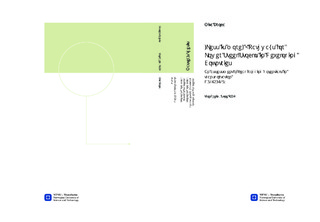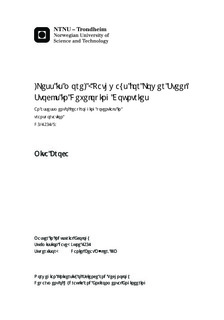| dc.description.abstract | Effective climate change mitigation requires global carbon emissions to be reduced at least by 50% over the 2000-2050 period, as recommended by the IPCC. Producing steel accounts for approximately 9% of all energy-related green house gas emissions. With the rapid urbanization and industrialization of the developing countries, demand for steel is anticipated to at least double by 2050. The daunting challenge is how emerging economies like India and China will be able to develop into modern economies without generating significant repercussions for the global climate. Today s best available steel making processes have optimised energy use to a large extent. For further emission reduction, climate change mitigation policies primarily aim at a response based on carbon sequestration of process and electricity related emissions. However, these approaches are far from proven and carry both technical and financial risks. This research shifts the focus from supply-side to demand-side measures to address this issue. The need to include management of in-use stocks in environmental policy is underlined, as stocks are important drivers for resource and energy consumption as well as waste and emission generation. The central idea behind this work is to highlight that the goal for developing countries should not be to acquire the same level of in-use stock as seen in the developed counties, but to attain the same services enjoyed by them with lower material stocks. This study first attempts to quantify the differences in steel stocks in vehicles, along with the total embodied energy and emissions among a set of developed countries. Using a novel approach, service provided by the vehicle stock is defined using suitable parameters. Further, using passenger car steel stock as an example, scenarios are developed for India, which reflect ways in which India could possibly attain the same level of service as seen in industrialized countries, but with lower steel stock. The approach presented here is based on a static model, which is used to provide an indication of the embedded energy and emissions associated with the instantaneous build-up of the steel stock, to provide a certain level of service. Factors that influence dependence on personal transport are studied and possible ways of making people less reliant on cars are suggested. The results from the scenario analysis indicate that for passenger cars, the emissions embedded in steel stock can be reduced by 75% if India chooses not to replicate the US pattern of development, but instead, with proactive planning and decision making, adopt measures that can make the population less dependent on individual transport. This project therefore, is a step towards drawing attention to the importance of including the role of anthropogenic stocks in environmental policy. | nb_NO |

